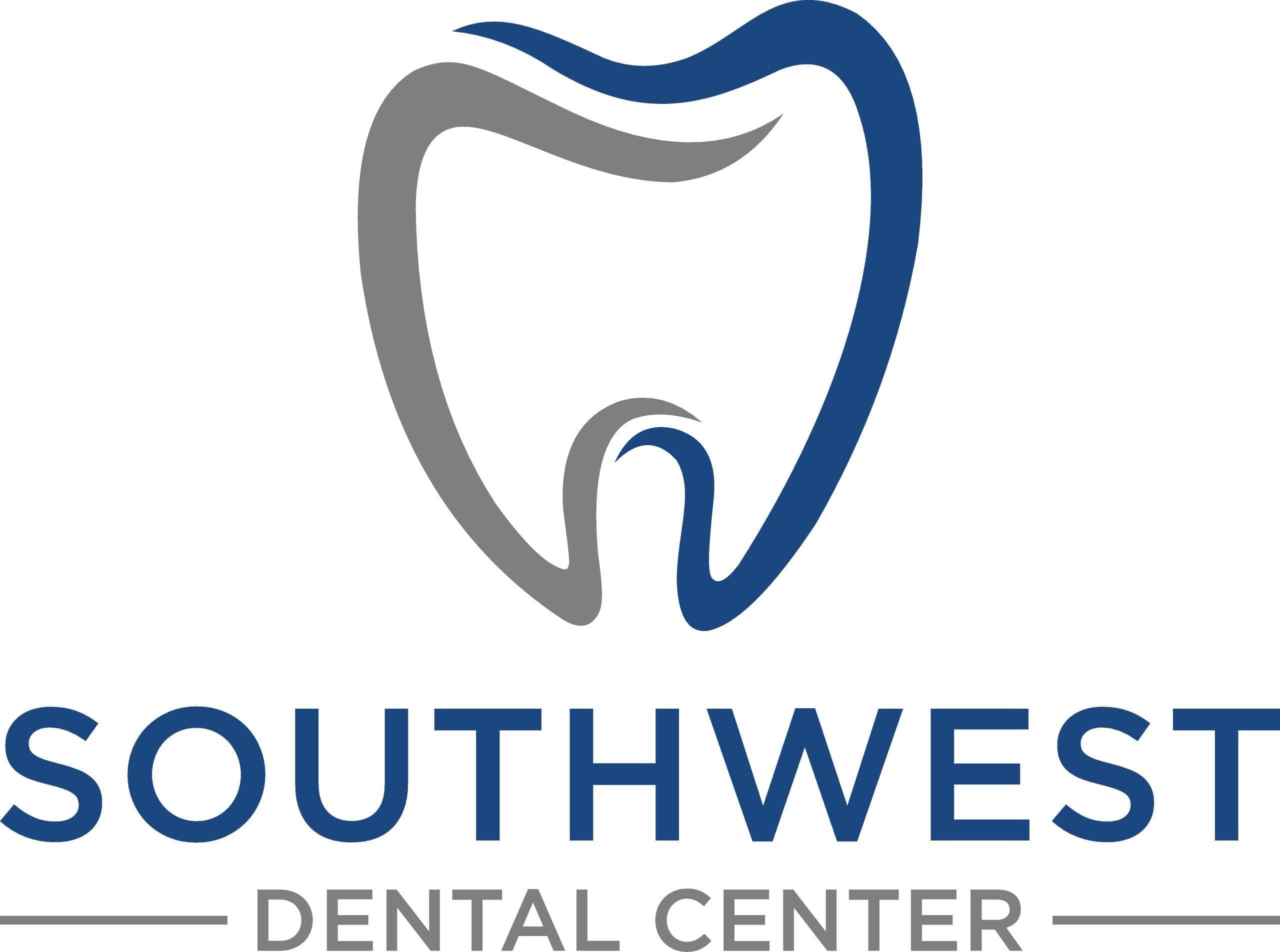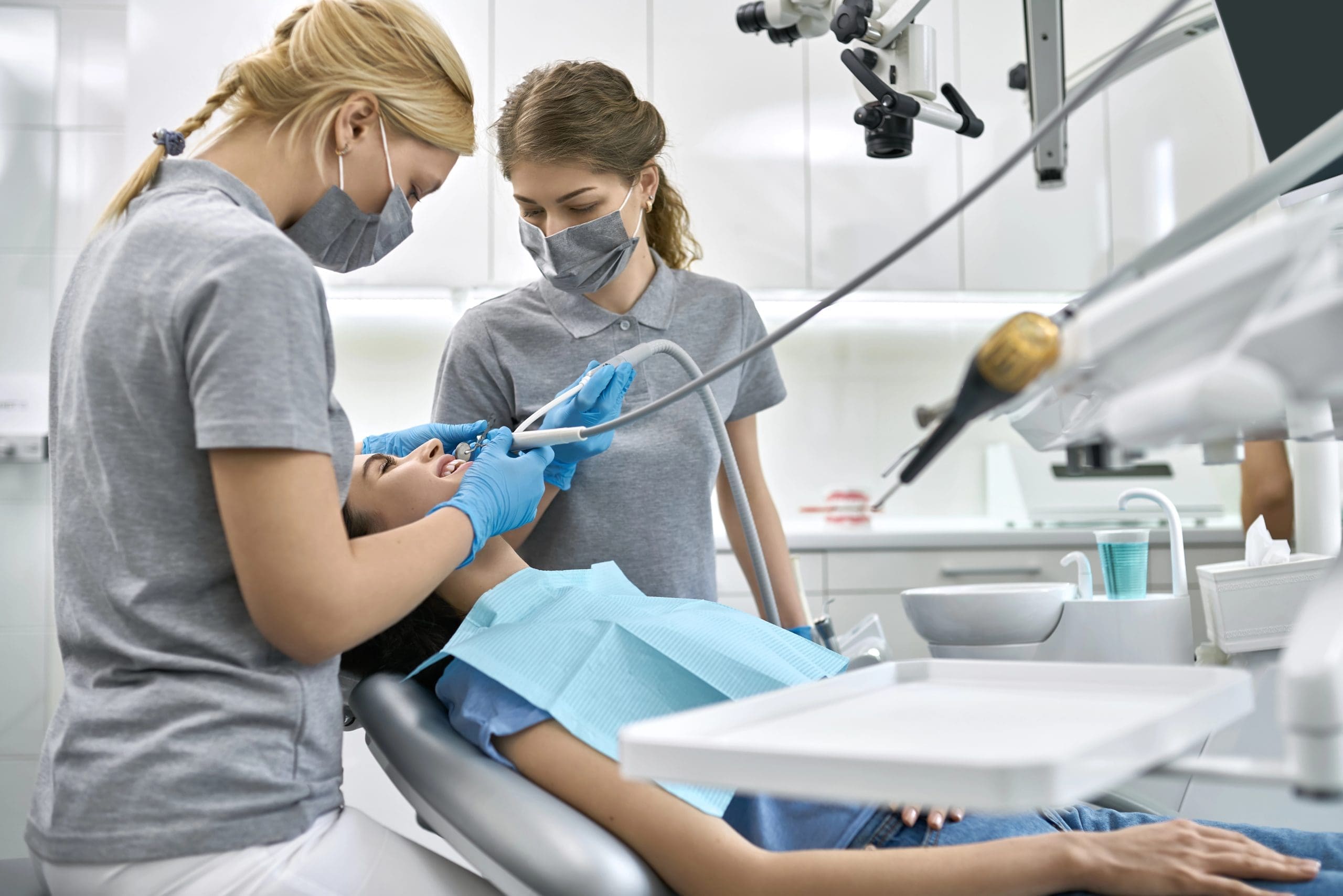What is a dental cleaning, and why is it important for oral health? A dental cleaning is a professional procedure performed by a dentist or hygienist to remove plaque, tartar, and stains from teeth, helping to maintain oral hygiene and prevent dental issues. Regular cleanings contribute to healthier gums and a brighter smile.
What Is a Dental Cleaning?
What is a dental cleaning? At its core, a dental cleaning is a professional procedure performed by a dental hygienist or dentist to maintain oral health. This process involves the removal of plaque, tartar, and stains from the teeth, which are not easily eliminated through regular brushing and flossing. Dental cleanings are essential for preventing gum disease and cavities, ensuring that your teeth and gums remain healthy over time. During a typical dental cleaning, specialized tools are used to meticulously clean each tooth, focusing on areas that are often missed during daily oral hygiene routines.
Understanding what is a dental cleaning also involves recognizing its role in overall oral health maintenance. Regular dental cleanings can help identify potential issues early, allowing for timely intervention and treatment. This preventive approach is crucial in maintaining not just oral health but also overall well-being. For more detailed insights into what happens during a dental cleaning, you can explore our guide on [Dental Check Up and Cleaning: What to Expect](/dental-check-up-and-cleaning/). This resource provides a comprehensive overview of the procedures involved and their importance in maintaining a healthy smile.
Importance of Regular Cleanings
Understanding what is a dental cleaning is crucial for maintaining optimal oral health. Regular dental cleanings play a vital role in preventing the buildup of plaque and tartar, which can lead to cavities and gum disease. By removing these harmful substances, dental cleanings help to maintain the health of your teeth and gums, reducing the risk of more serious dental issues in the future. Additionally, regular cleanings can help to identify potential problems early, allowing for timely intervention and treatment.
Moreover, regular dental cleanings contribute to overall health by reducing the risk of oral infections that can affect other parts of the body. A clean and healthy mouth can enhance your confidence and improve your quality of life. For those interested in learning more about what is a dental cleaning and its benefits, you can explore further details through our Dental Cleaning And Exams Fort Wayne page.
Steps in a Dental Cleaning
Understanding what is a dental cleaning involves familiarizing oneself with the typical steps involved in the process. A dental cleaning usually begins with a thorough examination of the mouth, where a dental professional checks for any signs of oral health issues. This is followed by the removal of plaque and tartar using specialized tools, which is crucial for maintaining healthy teeth and gums. Next, the teeth are polished to remove surface stains and smooth the tooth surface, making it more difficult for plaque to accumulate. Finally, a fluoride treatment may be applied to help protect the teeth against cavities. Each step in a dental cleaning is designed to ensure optimal oral hygiene and prevent future dental problems.
Tools Used in Cleanings
During a dental cleaning, a variety of specialized tools are employed to ensure your teeth and gums are thoroughly cleaned and maintained. These tools include scalers, which are used to remove plaque and tartar from the tooth surfaces, and polishers, which help smooth and shine the teeth after cleaning. Additionally, dentists often use a small mirror to get a comprehensive view of the mouth, ensuring that every area is properly examined. Understanding what is a dental cleaning involves recognizing the importance of these tools in maintaining oral health. For more information on dental care, visit Southwest Dental Center Family & Cosmetic Dentistry, your trusted Fort Wayne Dentist.
Frequency of Dental Cleanings
Understanding the frequency of dental cleanings is essential when exploring the question, “What is a dental cleaning?” Regular dental cleanings are typically recommended to maintain optimal oral health and prevent potential dental issues. While the exact frequency can vary based on individual needs and oral health conditions, many people find that scheduling a dental cleaning every six months helps keep their teeth and gums in good condition. This routine allows dental professionals to remove plaque and tartar buildup, which can contribute to cavities and gum disease if left unchecked. By adhering to a consistent schedule, individuals can ensure that their oral health is monitored and maintained effectively.
Common Myths About Cleanings
When exploring the question, “What is a dental cleaning?” it’s important to address some common myths that often surround this routine dental procedure. One prevalent misconception is that dental cleanings are painful, which can deter individuals from scheduling regular appointments. In reality, dental professionals are trained to ensure patient comfort and use techniques that minimize discomfort. Another myth is that dental cleanings are unnecessary if you maintain good oral hygiene at home. However, even with diligent brushing and flossing, plaque and tartar can build up in hard-to-reach areas, making professional cleanings essential for maintaining optimal oral health. Additionally, some people believe that dental cleanings can damage teeth or gums, but when performed by a qualified professional, they are safe and beneficial. Understanding these myths helps clarify what a dental cleaning truly involves and underscores its importance in preventive dental care.
Differences Between Cleaning Types
When exploring the question, “What is a dental cleaning?” it’s essential to understand that not all dental cleanings are the same. Generally, dental cleanings can be categorized into two main types: routine cleanings and deep cleanings. Routine cleanings, also known as prophylaxis, are typically performed on patients with healthy gums and are designed to maintain oral health by removing plaque and tartar from the teeth’s surface. On the other hand, deep cleanings, or scaling and root planing, are more intensive procedures aimed at treating gum disease by cleaning below the gum line to remove bacteria and tartar buildup. Understanding these differences is crucial for recognizing the specific needs of your oral health care.
Role of Dental Hygienist
In understanding what is a dental cleaning, it’s essential to recognize the pivotal role of a dental hygienist. These trained professionals are responsible for performing the cleaning process, which involves removing plaque and tartar buildup from teeth surfaces. Dental hygienists use specialized tools to ensure that your teeth are thoroughly cleaned, contributing to overall oral health. They also play a crucial role in educating patients about maintaining good oral hygiene practices. By focusing on preventive care, dental hygienists help in identifying potential oral health issues early, making them an integral part of the dental cleaning experience.
Post-Cleaning Expectations
After understanding what is a dental cleaning, it’s important to know what to expect once the procedure is complete. Typically, patients may experience a sense of freshness and cleanliness in their mouths, as well as a noticeable reduction in plaque and tartar buildup. Some individuals might notice slight sensitivity in their teeth or gums, which is generally temporary. It’s common for the teeth to appear brighter and feel smoother due to the removal of surface stains during the cleaning process. Overall, the experience of a dental cleaning can leave you with a healthier mouth and a renewed sense of oral hygiene.
Conclusion
Understanding what is a dental cleaning is essential for maintaining oral health. For more information or to schedule an appointment, call 260-444-5728 or check out our Google Maps reviews.

